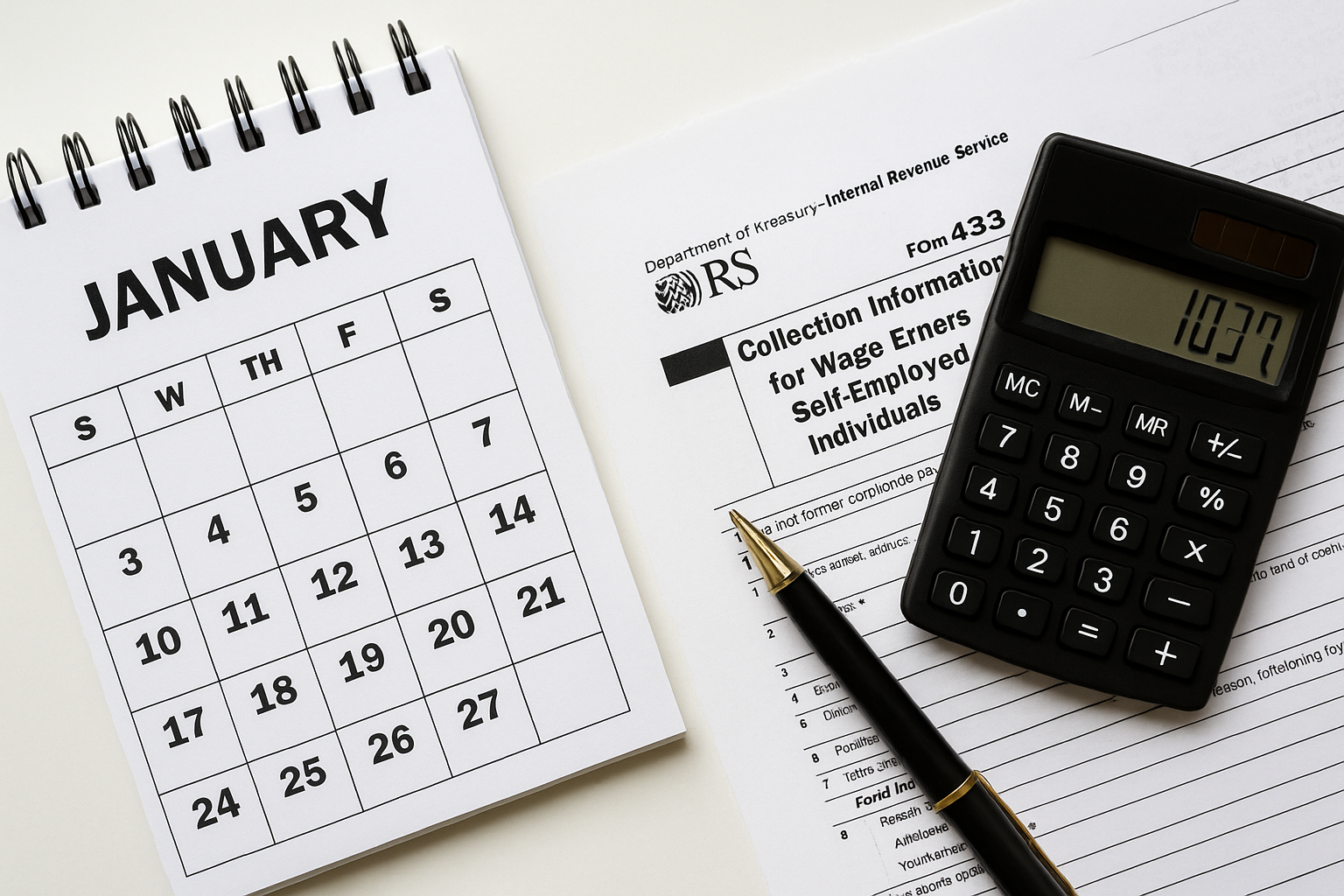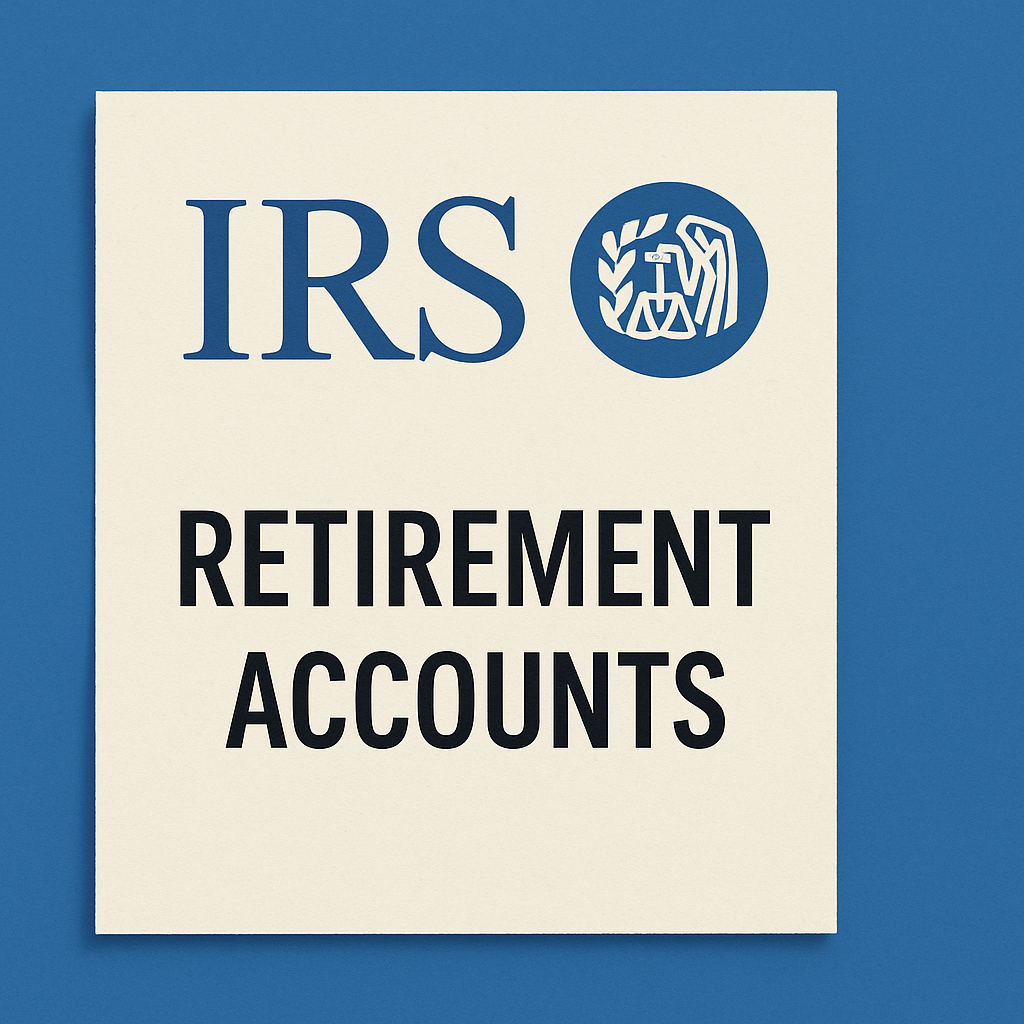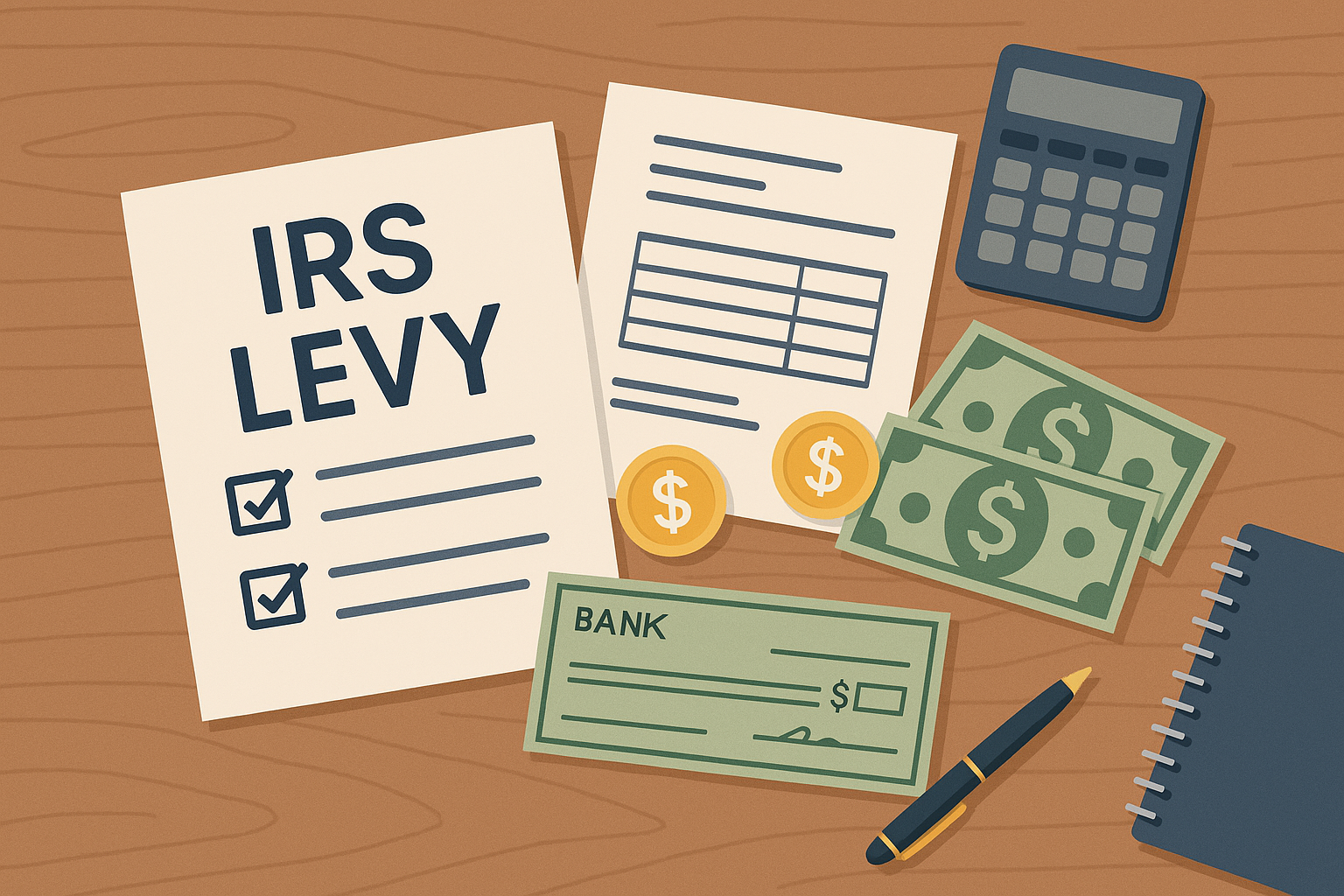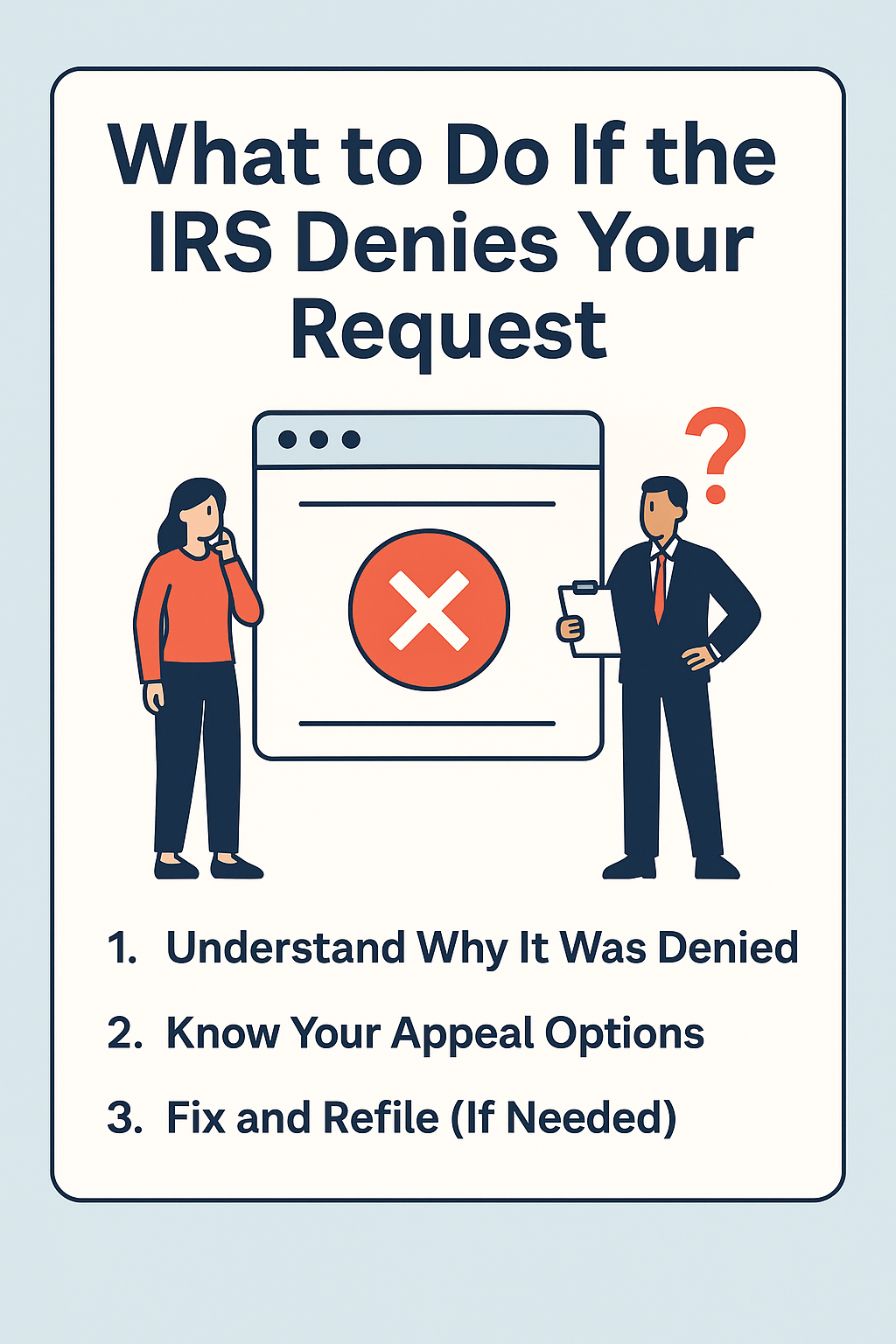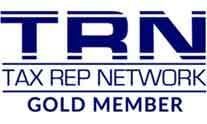What to Do If You Receive a Bad 1099-K
Tax season can be stressful, and nothing makes it worse than getting a Form 1099-K that’s incorrect. Whether the amount reported is too high, too low, or just completely wrong, it’s important to address the issue quickly to avoid headaches with the IRS. Here’s what you need to know if you receive a bad 1099-K.
What Is a 1099-K?
A Form 1099-K, Payment Card and Third-Party Network Transactions, is issued when you receive payments through credit cards or third-party payment networks like PayPal, Venmo, or Stripe. Businesses, freelancers, and even casual sellers may get one if they hit the reporting threshold, which for 2023 remains over $20,000 in transactions AND more than 200 transactions (though some states have lower thresholds).
Common Issues with 1099-K Forms
Errors on a 1099-K can happen for several reasons, such as:
- Income Overreported – The form includes transactions that aren’t yours.
- Personal Transactions Reported as Business Income—Money you receive from friends or family as reimbursements or gifts may be incorrectly classified as taxable income.
- Wrong Taxpayer Information – The form has an incorrect name, Social Security Number (SSN), or Employer Identification Number (EIN).
Steps to Fix an Incorrect 1099-K
1. Contact the Payment Processor
Since third-party payment networks issue 1099-Ks, the IRS won’t correct the form for you. Instead, contact the payment processor (e.g., PayPal, Venmo, or your merchant provider) to dispute the incorrect amount. They may issue a corrected form if there is an error.
2. Report the Correct Amount on Your Tax Return
If the processor won’t issue a corrected 1099-K, the IRS instructs taxpayers to report the correct amount on their tax return and deduct the erroneous portion.
Per the [http://]IRS 1099-K Q&A, you can:
- Report the correct income on Schedule C (for sole proprietors) or the applicable business tax form.
- Deduct the incorrect amount by entering an offsetting adjustment (e.g., "Other Income" with an explanation).
- Attach a written statement if the mistake is significant.
3. Respond to Any IRS Notices
If the IRS sees a mismatch between the 1099-K and your reported income, they may send a notice asking for clarification. Don’t panic—respond promptly with your documentation to show why the reported amount was incorrect.
More Help from the IRS
For more details, check out the IRS [http://]1099-K FAQs.
Final Thoughts
A bad 1099-K isn’t the end of the world, but ignoring it can lead to tax issues. Act quickly by contacting the payment processor, keeping records, and accurately reporting your income on your return. If you need help, consider speaking with a tax professional to ensure you handle it correctly.

